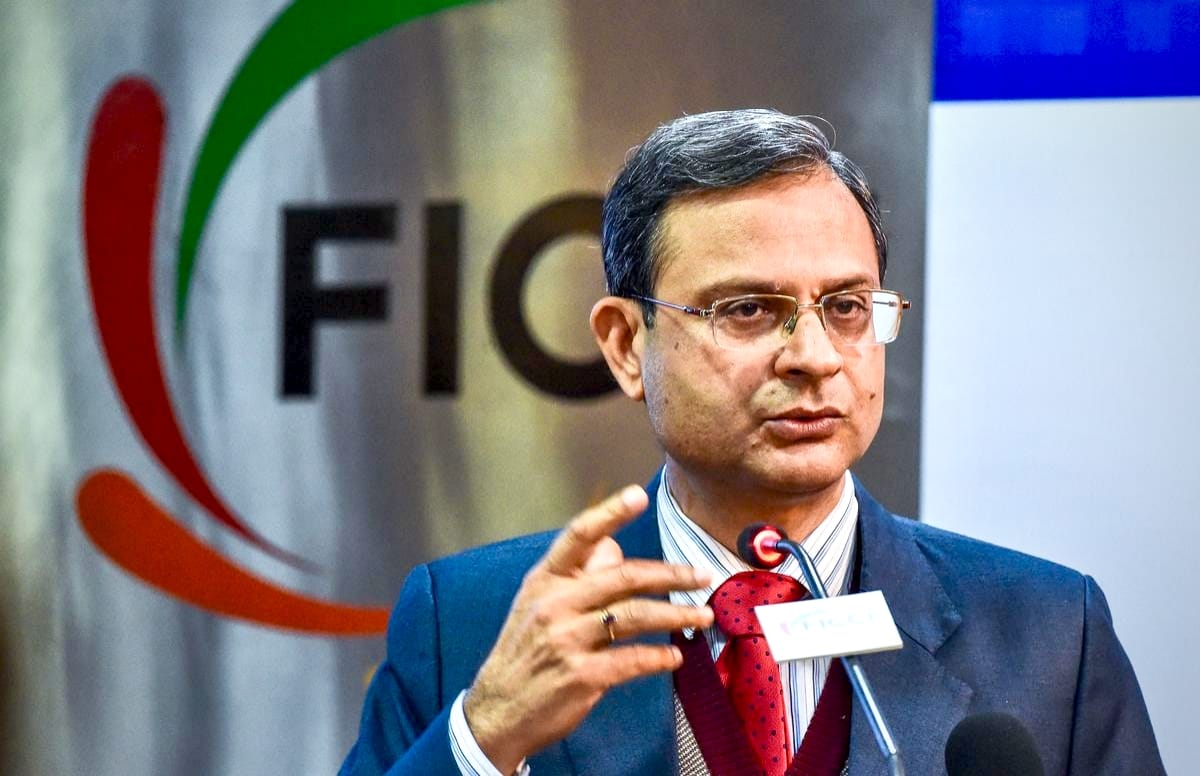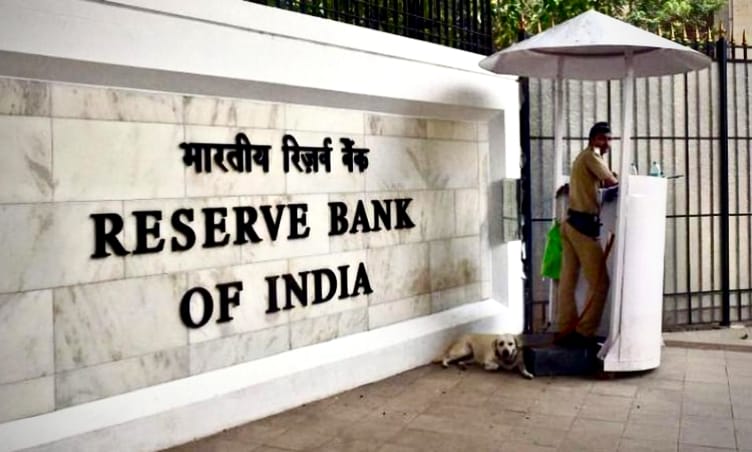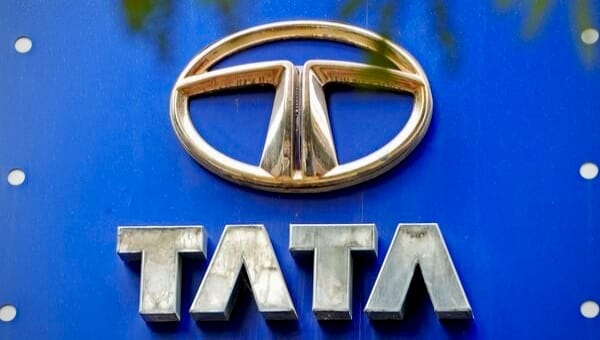On 23 September 2025, the Indian rupee slipped to a new all‑time low of around ₹ 88.62 per US dollar. The slide, sparked by a confluence of higher crude oil prices, persistent foreign portfolio outflows and a still‑hawkish Federal Reserve, has heightened speculation that the Reserve Bank of India (RBI) will step in to steady the currency. The central bank has previously intervened discreetly via state‑run banks and the forward market to temper rupee swings. With India’s import bill swelling and external risks mounting, investors now expect a fresh round of intervention and policy signals from the RBI to prevent a disorderly depreciation.

Rupee movement: intraday lows and how we got here
Currency traders in Mumbai were greeted on Tuesday morning by a rupee under siege. The currency opened at ₹88.41 per US dollar and quickly fell to an intraday low of ₹88.53 Within hours, it breached the previous record low of ₹88.4550 (set only two weeks earlier) and touched about ₹88.62 Earlier in August the rupee had flirted with the previous all‑time low of ₹87.95, but RBI sales of dollars via state‑run banks kept it from breaking that mark When it eventually slipped to ₹88.36 on 5 September the bank again sold dollars, but market participants warned that support near ₹88.70 might be tested Those support levels were now firmly in the rear‑view mirror.
Despite the historic move, the rupee’s decline has been orderly rather than chaotic—a testament to the RBI’s covert hand. Trading desks report that state‑run banks sold dollars around ₹88.50, allowing the rupee to depreciate gradually rather than in sharp spikes. Nevertheless, the currency is now down about 7% against the dollar in 2025, lagging most Asian peers
What’s pushing the rupee lower?
Four forces have conspired to push the currency to new depths. First, oil prices have surged. Brent crude climbed above US$66 per barre in September as OPEC production cuts and geopolitical tensions squeezed supply. India imports more than 80% of its crude needs, so every US$10 increase in oil adds roughly US$15 billion to its annual import bill. Higher fuel costs widen the current account deficit, raise inflation expectations and increase demand for dollars.
Second, the U.S. Federal Reserve has kept rates high even while signalling modest easing. At its 18 September meeting the Fed cut rates by 25 basis points to a range of 4.00–4.25% but reiterated that inflation risks remain The dollar index, which measures the greenback against a basket of peers, remained elevated near 97.30 A still‑robust dollar draws capital away from emerging markets and pressures their currencies.
Third, foreign portfolio investors (FPIs) have been net sellers of Indian assets in 2025. News of hefty U.S. visa fee increases and protective tariffs has curtailed foreign capital inflows . According to Reuters, FPIs have withdrawn more than US$15 billion from Indian equities this year with much of the selling concentrated in technology and consumer stocks. The outflows accelerated in September; Times of India data show that foreign investors sold ₹2,910 crore of equities on Monday
Fourth, macro fundamentals are mixed. India’s merchandise trade deficit narrowed to US$26.49 billion in August helped by robust services exports, but gold imports topped US$5 billion. The narrowing deficit offered only temporary relief as higher oil prices threaten to widen the gap again. Meanwhile, weaker global demand has capped export growth, and domestic inflation remains above the RBI’s 4% target.
How the RBI might respond
The central bank has a range of tools to stem currency weakness. Spot market intervention is the most visible: the RBI sells dollars from its reserves via state‑run banks, as it did near ₹88.50reuters.com. August’s interventions were so significant that India’s foreign exchange reserves fell by more than US$9 billion. The RBI also uses the non‑deliverable forwards (NDF) market, where it can take positions that influence offshore traders’ expectations; Reuters reported that the bank resumed NDF operations in early August after a long hiatus. By signalling its presence in both onshore and offshore markets, the RBI can smooth volatility.
Forward sales and swaps are another lever. By selling dollars forward or conducting sell‑buy swaps with banks, the RBI can manage liquidity without depleting reserves outright. The central bank may also undertake open market operations (OMO) to drain rupee liquidity if it wants to tighten monetary conditions and deter currency speculation. While a policy rate hike is unlikely at present given the Fed’s stance, the central bank could issue a stronger policy signal at its upcoming Monetary Policy Committee (MPC) meeting to underscore its readiness to act. Some analysts expect the RBI to reiterate its focus on maintaining exchange‑rate stability and to emphasise that it will continue using “all instruments at its disposal.”
Market reaction: equities, bonds and currency volatility
The rupee’s weakness rippled through local markets. Indian equities opened lower, with the Sensex falling around 208 points and the Nifty sliding about 68 points in morning trade Bond yields edged higher as traders priced in the risk of tighter liquidity and higher inflation. Corporate bond spreads widened, particularly for issuers reliant on imported inputs. Currency volatility picked up, pushing options premiums higher as traders hedged against further rupee depreciation. Market participants said interbank trading volumes were heavier than usual as exporters and importers scrambled to cover positions.
Corporate impact: winners and losers
A weak rupee is a double‑edged sword for corporate India. Oil refiners, airlines and other import‑dependent sectors face higher input costs. For example, state‑owned refiners such as Indian Oil and Bharat Petroleum buy crude in dollars and sell products domestically; they may need to raise pump prices or absorb losses. Airlines pay for jet fuel and aircraft leases in dollars, pressuring margins. Manufacturers reliant on imported components—from electronics to pharmaceuticals—will see their costs rise, potentially pushing consumer prices higher.
Export‑oriented industries, by contrast, stand to benefit. Information technology services, pharmaceuticals and textiles earn a large portion of their revenue in foreign currencies. A weaker rupee can boost their rupee‑denominated earnings, offsetting some global demand weakness. However, even exporters can suffer if volatility makes hedging difficult or if their dollar liabilities are unhedged. The overall impact will depend on companies’ hedging strategies and pricing power.
Retail impact: how the weak rupee affects wallets
For ordinary Indians, a sliding rupee typically translates into higher fuel and food prices, which feed into the overall inflation rate. Imported crude oil, liquefied natural gas, edible oils and pulses become more expensive in rupee terms. Consumers could soon face higher petrol and diesel prices at the pump, since oil marketing companies pass on part of their higher costs. If the RBI responds by draining liquidity or if inflation remains high, loan and mortgage interest rates could also rise, putting pressure on household budgets. On the other hand, Indians working abroad or with family members sending remittances will see their dollar income convert into more rupees, offering some households a cushion against domestic price pressures.
Global context: not just an India story
The rupee’s woes are part of a broader pattern. The US dollar has gained against most Asian currencies as investors flock to safe‑haven assets amid policy uncertainty and geopolitical tensions. Even after the Fed’s September rate cut, markets expect U.S. borrowing costs to remain high compared with Asia, keeping the dollar attractive. The dollar index (DXY) has hovered near 97.30 while currencies like the Japanese yen and Chinese yuan have also weakened on slowing growth and monetary easing expectations. This global backdrop makes it harder for emerging‑market central banks to defend their currencies without depleting reserves.
Voices from the market (expert commentary)
A senior currency strategist at a Mumbai‑based brokerage observes that the rupee’s weakness is “a reflection of India’s external vulnerabilities but not a crisis.” He notes that the RBI’s interventions have been measured and that reserves remain ample, but warns that “import bills will rise sharply if oil climbs towards US$80 per barrel.” A dealer at a state‑run bank adds that “forward markets are pricing more volatility ahead of the next RBI policy meeting” and that corporate clients are increasing their hedging activity. An economist at a global bank expects the central bank to signal a readiness to tighten liquidity but does not anticipate an immediate policy rate hike.
Where are the technical levels now?
Traders now view ₹88.70–₹89 as the next important zone Above that, resistance is less clear because the rupee has never traded in those levels. Previous milestones include ₹87.95 in February 2025reuters.com, ₹88.36 on 5 September 2025reuters.com and ₹88.4550 in mid‑Septembe. Analysts say that if the rupee breaches ₹89, psychological barriers could break, triggering stop‑loss orders and amplifying volatility. Support is seen near ₹88, where the RBI has historically stepped in aggressively.
Policy outlook: what the RBI might signal
With the next MPC meeting approaching, the RBI faces a delicate balancing act. Inflation, though off its peaks, remains above the 4% target, and a depreciating currency adds to price pressures. Yet an overly aggressive intervention strategy could deplete reserves or spook investors. Many economists expect the central bank to maintain its repo rate unchanged, while emphasising that it is prepared to act through liquidity operations and targeted interventions. Some also anticipate a fine‑tuning of the standing deposit facility (SDF) and marginal standing facility (MSF) rates to manage liquidity more actively. In recent speeches the RBI has highlighted the importance of anchoring inflation expectations and ensuring that exchange‑rate movements remain orderly, hinting that it will not hesitate to sell dollars if speculative pressure builds.
Quick investor checklist
For investors trying to navigate this environment, a few indicators bear watching. First, monitor international oil prices. Sustained high crude prices will keep India’s import bill elevated and pressure the rupee. Second, follow RBI actions and communications. Spot interventions, NDF operations and liquidity signals can provide clues about the central bank’s tolerance for depreciation. Third, track foreign portfolio flows. Persistent FPI selling may weigh on equities and the currency; any reversal could provide relief. Fourth, watch the U.S. Federal Reserve. A faster‑than‑expected easing cycle could weaken the dollar and give emerging‑market currencies room to recover.
What businesses and investors should do
For corporates, prudent currency hedging is essential. Import‑heavy firms should lock in forward contracts or explore natural hedges by matching dollar liabilities with dollar revenues. Exporters should capitalise on the weak rupee to secure orders but avoid over‑hedging in case of a reversal. Companies reliant on foreign borrowing should consider raising more rupee‑denominated debt or increasing hedges as yields are likely to rise.
Retail investors need to brace for near‑term volatility. A weaker rupee can make imported goods and travel more expensive, but those investing in export‑oriented stocks or owning dollar assets may benefit. Diversifying into assets that gain from a weaker rupee—such as IT services stocks or gold—could be a hedge. However, investors should avoid impulsive currency speculation and maintain a balanced portfolio. Staying informed about macro indicators and central‑bank signals is crucial.
Summary box
The rupee’s drop to a record low highlights the fragile equilibrium facing India’s economy. High oil prices, a persistent current account deficit and relentless foreign outflows have exposed the currency’s vulnerabilities. Yet India’s fundamentals remain intact: growth is resilient, foreign reserves are ample and the RBI has shown it can smooth volatility without resorting to drastic measures. As the global monetary landscape evolves and domestic pressures mount, the RBI’s balancing act—between defending the rupee and maintaining growth momentum—will determine the path ahead. For markets and households alike, vigilance and prudent hedging will be the watchwords.







